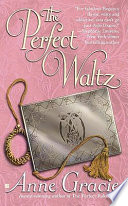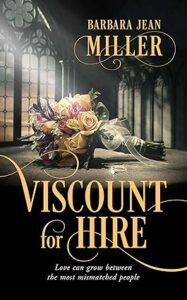Thanks for your questions, Alta, and for being a Regency Reader!
We have answered questions relating to bathrooms in this post: Regency Reader Questions: It’s Potty Time .
Toilet roll, tissue, or paper as we know it broke on the Western World scene in the Victorian era with “medicated paper for the water closet” (A Brief History of Toilet Paper and Its Predecessors | Truthfully.com). Prior to that, folks used water, rags, wool, or even books or newspaper (All the Ways We’ve Wiped: The History of Toilet Paper and What Came Before | HISTORY). In many of the more wealthy homes, there would be a washing bowl or basin and rag usually available for spot body cleaning as bathing daily would have been uncommon. We don’t have exacting descriptions of these things for the masses, as it wasn’t commercialized yet but part of an individual home or household’s hygiene practices, my guess would many had rags or towels, or an additional supply of water to wash themselves up that could either go in the chamber pot (water) or be disposed in another discreet location where other laundry went. In colonial America, a corncob hanging from a string was left in outhouses in lieu of loo paper.
The social hygiene movement, including a raft of publications about hygiene, would not occur in Western civilization until the Victorian era. There is a lot of academic literature that correlates the social hygiene movement with the rise in a strong gender division, and that ideas of sex and hygiene became prevalent in this era as a backlash to female independence, like sex work. Ashenburg (2010) points to the idea that if everyone has roughly the same standard of hygiene, then things like body odor would be less noticeable and certainly less repellant to to others than we seem to think now. I think mulling over this idea a bit might be helpful to understand why oral sex with sex organs that are less sanitized than we might like in the modern era wouldn’t have brought the ick to contemporaries in the Regency. So no, I don’t think oral sex is a modern woman’s fantasy. I think it happened and if it was stanky, most would have had the courtesy to do some spot cleaning.
So this is one of those questions where I encourage artistic license, particularly as you are dealing with a modern audience.
Jane Austen’s World has written about some aspects of hygiene, if its helpful: Regency “Privy” Matters: Feminine Hygiene, Bodily Functions, and Childbirth | Jane Austen’s World (janeaustensworld.com)
As has Historical Hussies: Historical Hussies: Regency Hygiene, or the Lack Thereof, Part I
Hope this helps the pace go from a stutter to a stacato!
Ashenburg, K. (2010). The dirt on clean: An unsanitized history. Vintage Canada.











The Prince of WAles complained that Caroline, his bride, was dirty”fore and aft.” Though waterclosets were being installed in houses of the rich, most people used a privy. An outdoor toilet with chamberpots inside for nighttime, the sick, and the elderly. The ancient Romans used water and a sponge on a stick. The poor used what they could including leaves though wealthier people used rags and sponges. BTW, there were Chamber pots in our hotel room in London in 1960, because the toilets were down the hall in a commonrest room set up.